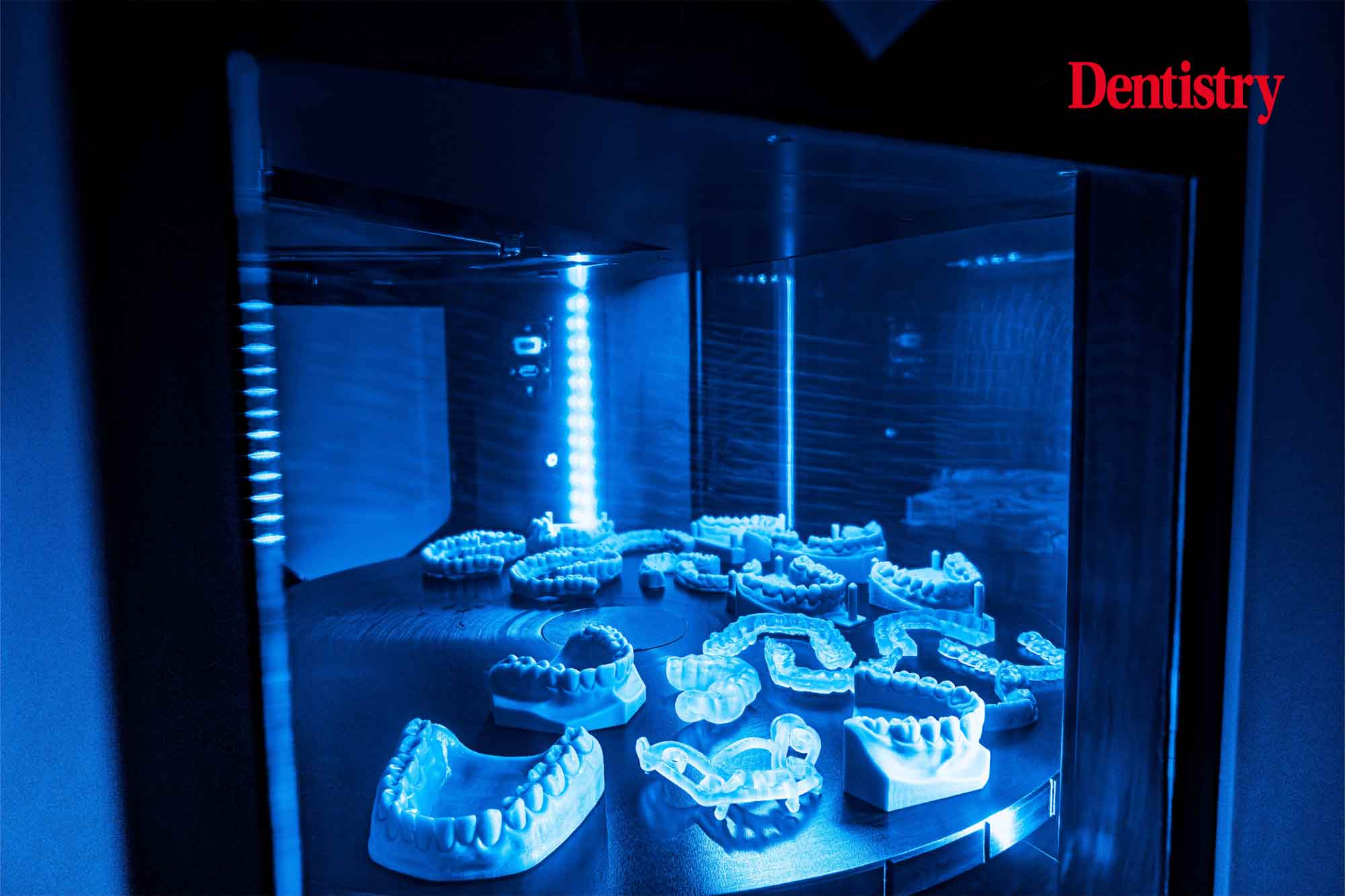
In 2023, 3D printing – or additive manufacturing – technology for dental labs is rapidly advancing and adoption is accelerating, on track to be a $7.9 billion market by 2027*. In this interview, Ronen Lebi, VP of dental at global 3D printing solutions provider Stratasys, looks at how the technology can provide a solution to dental labs seeking to produce applications with greater speed, accuracy, quality and aesthetics than that achievable with traditional methods.
How do you assess the current role of additive manufacturing in the dental industry?
The dental industry has matured in its understanding of the value proposition of additive manufacturing (AM). From the first 3D printed applications such as dental models for orthodontics, implant dentistry and fixed restorations applications, we are now seeing huge advancements in end use applications, like dentures and aligners.
Arguably, no other industry has such a strong use case for 3D printing: it’s more economical, scalable and clinically beneficial to the patient. Each dental part has to be customised as no two patients are the same.
Components with complex geometries need to be highly accurate so 3D printing is the perfect match. So, the focus is now shifting to newer 3D printing applications in the dental industry, helping accelerate its transformation.
So, what are the main challenges that dental labs have to deal with where additive manufacturing can help?
A key bottleneck in dentistry is labor: there are not enough skilled lab technicians. Indeed, throughout the industry, there is a severe shortage of qualified people.
Dental labs also face increased competition as a result of industry consolidation. To ensure both labs and dentists see the benefits of using 3D printing techniques more we are working to highlight patient and dentist benefits like reduced chair time, better dental fit and exceptional aesthetic value in addition to lab benefits.


How is additive manufacturing being employed to address those challenges?
From highly accurate opaque and rigid implant models to biocompatible and transparent surgical guides to soft gingiva masks, 3D printing can address a wide range of needs.
But regardless of the specific application, time savings and automating production are key benefits, enabled with automated production while achieving a high degree of efficiency and precision. We can even produce different materials in the same print job, which reduces labour requirements significantly.
To help labs transition to digital dentistry, we continually refine our print preparation software, adding application specific automation and supporting our different AM technologies through one single platform.
As dental is a collaborative industry, we partner with leading dental industry providers whose technology complements our own offering and enables seamless integration into dental labs’ existing workflows, exemplified by our collaborations with 3Shape, Exocad and more recently with VITA.
Are there emerging areas for additive manufacturing in dentistry that we should know about?
Today, dentures are arguably the biggest opportunity, with currently only a fraction produced additively. Labour cost of a digital denture, particularly if it can be produced in a single monolithic, full-colour piece, is much lower than traditional methods.
Larger populations requiring dental prosthetics and faster turnaround will drive strong demand, which can be easily filled through new AM solutions. With this newfound shift to AM at scale, now is the optimal time for dental labs to invest in 3D printing of dentures, providing increased productivity, cost savings, improved accuracy and a better fit, and reduced dental visits for the patient.
Visitors to the recent IDS trade show were treated to a preview of our own TrueDent denture solution, which we expect to be available in Europe next year. It will enable the production of highly aesthetic, monolithic but also multi-material and multi-colour dental appliances.
The excitement at IDS around the capabilities underpins the huge potential this emerging application brings, offering a new level of efficiency and realism to dental labs.
And as for the longer term – what’s your vision as to where things are headed?
The future of AM will focus on building end-to-end workflows for each dental application, including tailored software and post-processing. Reaching new frontiers within digital dentistry, vendors will leverage existing hardware with new materials.
Collaborations are vital in this, and we will continue to work with partners to develop and further streamline digital workflows to unlock new applications. Our vision is to push the boundaries of end use applications with AM and continuously improve outcomes for dental professionals and patients.
*Markets & Markets 2022


